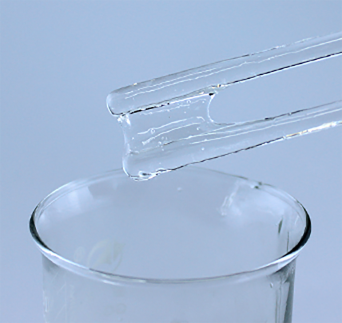
Aug . 01, 2024 03:34 Back to list
Enhancing Cement Properties with Innovative Bonding Additives for Improved Structural Performance and Durability
The Role of Cement Bonding Additives in Modern Construction
In the ever-evolving world of construction, the quest for stronger, more durable materials is unending. One of the most significant advancements in this field has been the development of cement bonding additives. These additives play a crucial role in improving the properties of cement, enhancing its performance and longevity. This article explores the importance, types, advantages, and applications of cement bonding additives in modern construction.
What are Cement Bonding Additives?
Cement bonding additives are substances mixed with cement to improve its adhesion properties, workability, and durability. They can be organic or inorganic compounds and are designed to modify the physical and chemical characteristics of cement. By improving bonding potential, these additives help create a more robust and resilient final product.
Types of Cement Bonding Additives
There are several key types of bonding additives used in the industry today, each serving distinct purposes
1. Polymer-based Additives These are synthetic materials that enhance the flexibility and tensile strength of cement. They are often used in applications requiring crack resistance and improved waterproofing.
2. Hydraulic Additives These include materials such as pozzolans, which react with calcium hydroxide in the presence of water to form compounds that contribute to the strength of the cement.
3. Chemical Additives These are organic or inorganic chemicals that modify the setting time and workability of cement. They help to reduce water content and improve adhesion.
4. Mineral Additives Materials like fly ash, silica fume, and slag can be added to enhance the performance of cement. These additives can improve the sustainability of cement production by using industrial byproducts.
Advantages of Using Cement Bonding Additives
The incorporation of bonding additives into cement offers several significant advantages
cement bonding additive

- Improved Adhesion One of the primary benefits is enhanced adhesion to various substrates, including concrete, masonry, and other building materials. This property is essential for ensuring the longevity of structures.
- Increased Durability Additives can significantly improve the durability of the cement, making it resistant to environmental factors such as moisture, chemicals, and temperature fluctuations.
- Enhanced Performance Cement with bonding additives often exhibits better performance characteristics, including increased compressive strength and lower permeability. This leads to fewer maintenance issues over time.
- Sustainability Many bonding additives are derived from recycled materials, contributing to more sustainable construction practices. By utilizing industrial byproducts, the carbon footprint of cement production is reduced.
Applications of Cement Bonding Additives
Cement bonding additives find widespread use in various construction applications, including
- Residential Construction They are frequently used in the formulation of grout, mortar, and repair mixes to achieve better adhesion and durability in homes.
- Infrastructure Projects In bridges, highways, and tunnels, bonding additives help ensure that the cement withstands heavy loads and adverse weather conditions.
- Industrial Applications Factories and warehouses benefit from enhanced flooring solutions that incorporate cement bonding additives for increased resistance to wear and tear.
- Waterproofing In areas prone to water exposure, such as basements and swimming pools, these additives provide essential protective properties, preventing leaks and deterioration.
Conclusion
Cement bonding additives are a vital component of modern construction, enabling the development of stronger, more durable materials that meet the demands of today’s built environment. Their ability to enhance adhesion, durability, and performance makes them indispensable in a wide range of applications. As the construction industry continues to innovate, the role of these additives will undoubtedly expand, leading to even more efficient and sustainable building practices.
-
Unlocking the Benefits of HPMC Products: A Gateway to Versatile Applications
NewsAug.07,2025
-
Unleashing the Potential of HPMC Ashland: A Comprehensive Look
NewsAug.07,2025
-
Tile Bonding Cellulose: The Key to Superior Adhesion and Durability
NewsAug.07,2025
-
Hydroxypropyl Methylcellulose Powder: The Versatile Component in Modern Pharmaceuticals
NewsAug.07,2025
-
Hydroxyethyl Cellulose: The Versatile Solution for Various Industries
NewsAug.07,2025
-
Hydroxyethyl Cellulose (HEC): The Versatile Polymer for Various Applications
NewsAug.07,2025







